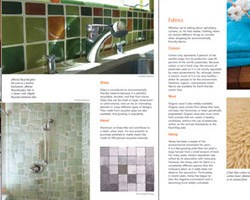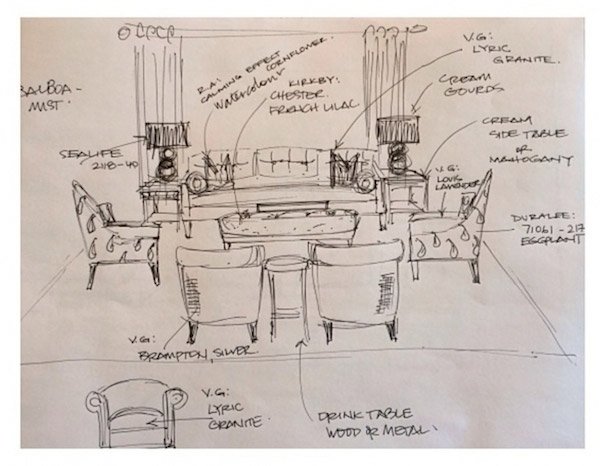
Whenever I'm interviewed, I am always asked how I got into design. The answer loosely resembles the chase scene from (pick any Jason Bourne movie) — there were a lot of twists and turns. Ultimately, while working as a part time Paint Associate at the Home Depot, this former schoolteacher decided to go back to school in the evenings and become a designer.
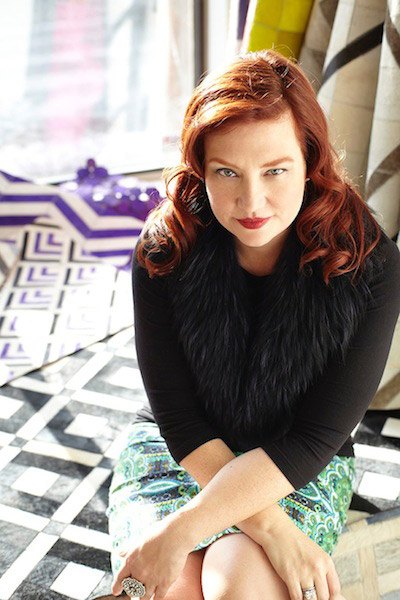
For me, there was never a moment where I considered working for someone else — it's just not my makeup. But, I always tell designers who are just starting out that unless they are 100% certain that they are cut from the business-owner cloth, it's always best to get experience under the guidance of a more experienced designer or decorator. If working for yourself is something you eventually want to do, however, make sure to be upfront with any potential employer because they will be making a huge time investment in you — and they should have all the facts before they hire you.
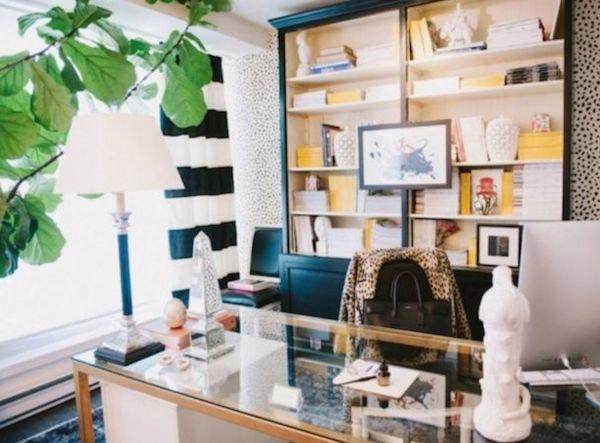
That doesn't mean that everyone is meant to work for him or herself. Great designers often work for a firm or for a prominent designer without putting their name on the door. If you absolutely love design and want to do that 80% of the time, working for someone else is a surefire way to realize this goal. As a business owner, you have to wear many hats, which sadly, are not always creative and glamorous. If you think you want to work for yourself, then keep reading. These tips are things that I wish someone told me when I began.
Financing the Business
You must have working capital to get started, even if you are working from home. You will need marketing materials, a website and professional photography of your work (even if it is only vignettes).
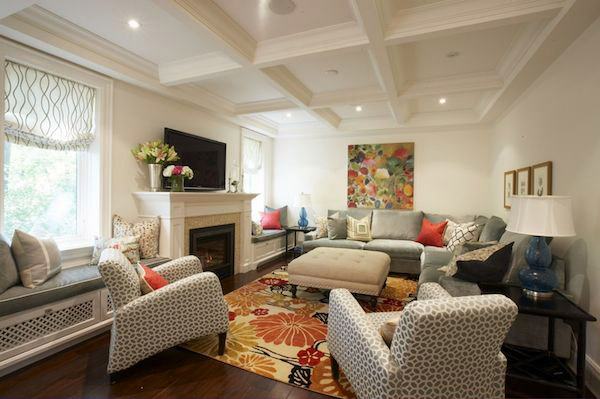
Good photography is important because portfolios of CAD drawings and class projects alone will not get you hired by clients — what your work looks like will. You can use simple spaces you've styled and set up. Have these photographed properly, as they will convey a mood or a vision of your completed work.
You will also need lines of credit for purchasing on behalf of clients. The bigger the project, the more you will have to outlay upfront to procure product.
Process is Everything
You need both a creative and a professional process in running your projects. On the professional side, you will need trade accounts and relationships with showrooms and suppliers to help you out. Also, find a great delivery company who can receive product, inspect it, and then deliver and install it for you. Clients always appreciate this professional service and will pay for it. Doing it yourself will run you ragged and is not an efficient way to use your billable hours.
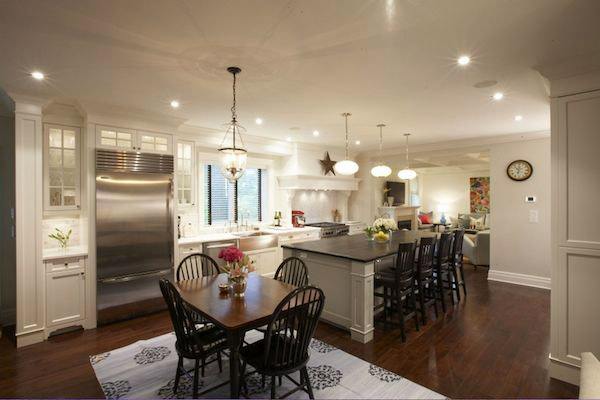
Communication with clients is essential. Put together a one-page summary of the design process from start to finish for your clients. This will help them feel confident that you are able to handle their project from concept to implementation, and it will help them to anticipate the next phase in the plan. From the get-go, determine the main contact person with your clients and their preferred method of communication. Regular updates and follow ups will help prevent problems from arising. Always under-promise and over-deliver, so avoid giving specific dates unless you yourself have them confirmed and scheduled. This often means babysitting your suppliers and vendors. Be warned: the furniture and design industry is notorious for embellishing delivery dates and availability. Confirm, and then confirm your confirmation as a regular business practice. Even then, be skeptical but optimistic.
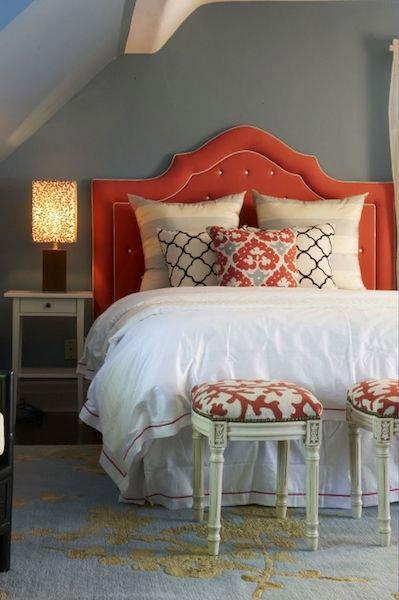
Connect with Others
My number one tip to a beginner is to find a mentor. There are lots of experienced designers who are more than willing to share tips and resources to budding young designers, provided that they are respectful and willing to work hard. Don't expect free advice, but if you engage and share your own experiences, you'll quickly find that there will be designers like myself who will reach out and lend a hand.
Social media is a great way to get your name out there, and it is also a good place to network with other designers. You need other designers. If you only have time for two forms of social media, I recommend Twitter and Instagram. Twitter has a vibrant community of designers that spans the globe. Instagram is a great way to take photos of what is inspiring you and show the process of your work. Avoid sharing the design work of others — it's not authentic, and it doesn't demonstrate what you are capable of.
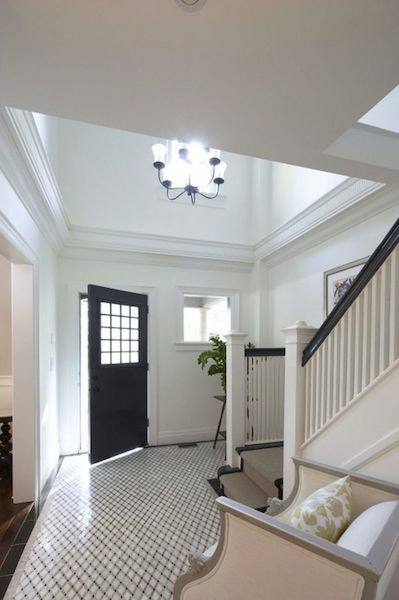
In the words of Ira Glass, it's important to remember that you should never compare your beginning to someone else's middle. And this is from Émile Zola: "The artist is nothing without the gift, but the gift is nothing without work."
Bonus Offer: Want to become a professional Interior Designer? Enroll in the New York Institute of Art and Design's Interior Design Course today!



